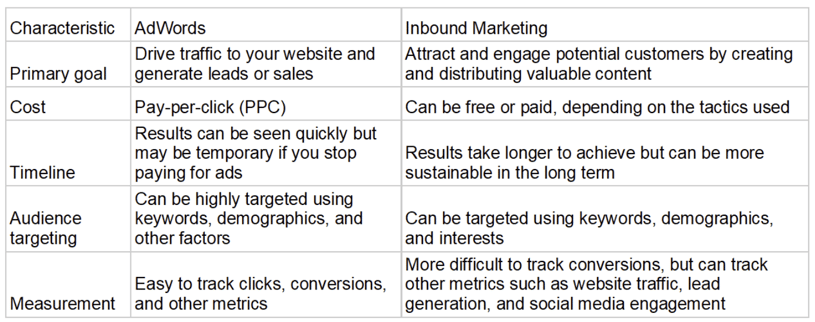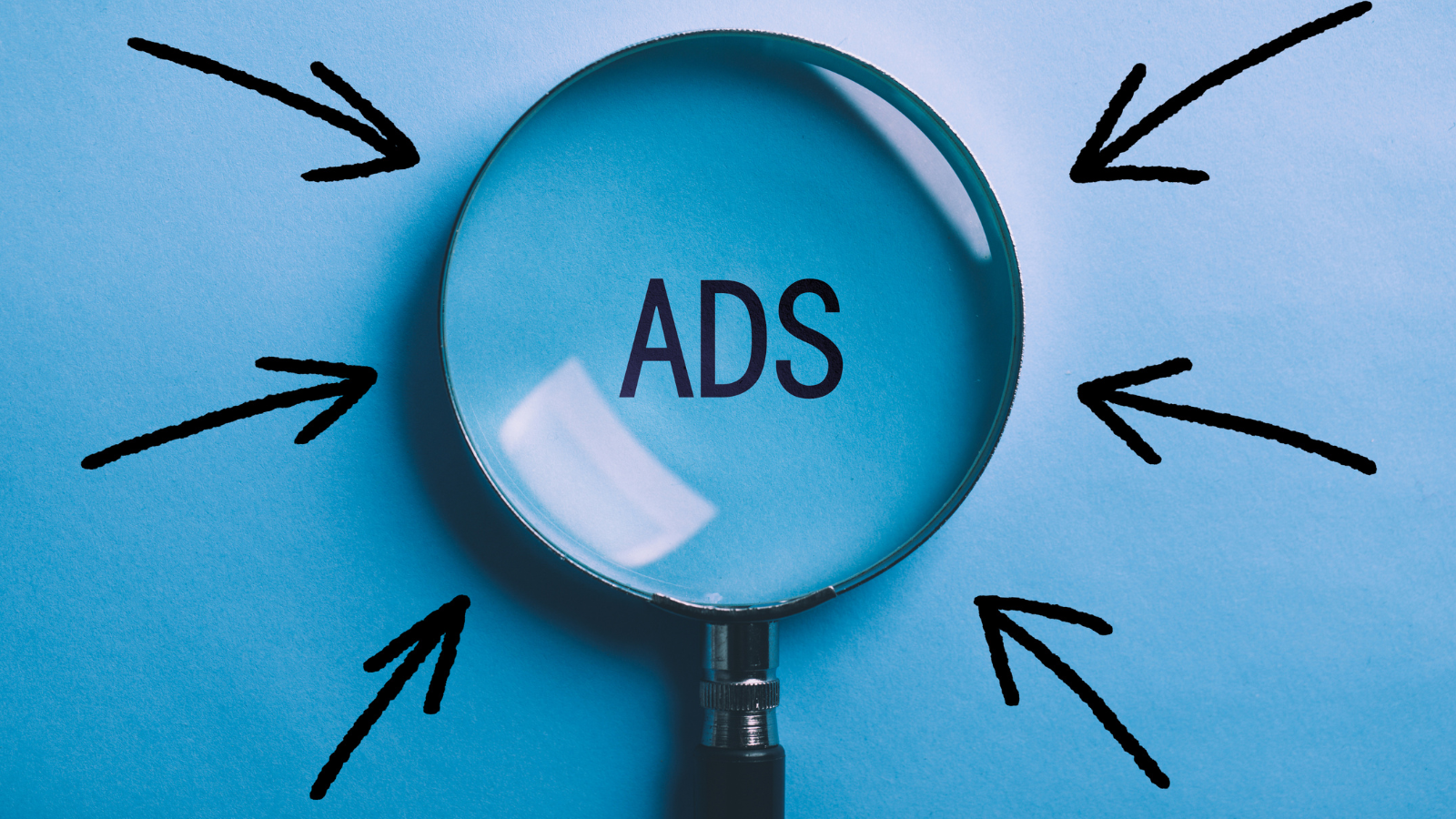What is a Keyword?
Why are keywords so important? For starters, they're used by search engines like Google to help users find what they're looking for on the...
3 min read
 Elissa Blankenship
:
November 20, 2023
Elissa Blankenship
:
November 20, 2023


AdWords and inbound marketing are two different marketing strategies that can be used to attract and convert customers. However, they have some key differences.
AdWords is a paid advertising platform that allows businesses to display their ads at the top of search engine results pages (SERPs) and on other websites across the Google Display Network. Businesses pay a fee each time someone clicks on their ad.
Inbound marketing, on the other hand, is a long-term strategy that focuses on attracting and engaging potential customers by creating and distributing valuable content, such as blog posts, e-books, and webinars. Inbound marketing aims to build trust and relationships with potential customers so that they are more likely to buy from the business when ready.

*Image source: Raka
The best marketing strategy for your business will depend on your budget, goals, and target audience. If you are looking for a quick way to drive traffic to your website and generate leads or sales, AdWords may be a good option for you. However, if you are looking for a more sustainable long-term marketing strategy, inbound marketing may be a better choice.
Many businesses use AdWords and inbound marketing together to achieve their marketing goals. For example, a business may use AdWords to drive traffic to their landing pages, where they can collect leads and nurture them through the sales funnel using email marketing and other inbound marketing tactics.
By combining the power of AdWords and inbound marketing, businesses can attract more visitors to their website, generate more leads, and close more sales.
This is the foundation of any successful AdWords campaign. Make sure you target the right keywords, including both short-tail and long-tail keywords. You should also use negative keywords to prevent your ads from showing irrelevant searches.
Each ad group should focus on a specific group of keywords and a corresponding landing page. This will help you ensure that your ads are relevant to the searcher and that your landing pages are optimized for conversions.
Your ad copy should be clear, concise, and persuasive. It should also accurately reflect the content of your landing page.
Ad extensions can provide additional information about your business and make your ads more visible. Some popular extensions include site links, callouts, and location extensions.
Your bids will determine how often your ads show and how much you pay per click. It's important to set competitive bids for your target keywords, but you also need to be mindful of your budget.
AdWords provides a variety of tools to help you track your results and optimize your campaigns. Make sure to review your performance data regularly and adjust as needed.
Remarketing allows you to show ads to people who have already visited your website. This can be a great way to stay top-of-mind with potential customers and encourage them to return to your website.
AdWords allows you to target your ads to people in specific industries and with specific job titles. This can help you reach your ideal customers more effectively.
Ad scheduling allows you to control when your ads show. This can be useful if you want to target your ads to specific times of day or days of the week.
Conversion tracking allows you to track the actions that people take on your website after clicking on your ads. This information can be used to optimize your campaigns and improve your ROI.
Focus on long-term results. The B2B sales cycle can be long, so it's important to focus on long-term results with your AdWords campaigns. Don't expect to see a lot of sales overnight.
Nurture your leads. Once you generate leads from your AdWords campaigns, it's important to nurture them through the sales funnel using email marketing and other inbound marketing tactics.
Use landing pages that are optimized for conversions. Your landing pages should be designed to convert visitors into leads or customers. Make sure they are clear, concise, and persuasive.
Test and optimize your campaigns regularly. AdWords is a constantly changing platform, so it's important to test and optimize your campaigns regularly to ensure you're getting the best possible results.
By following these best practices, B2B companies can maximize their AdWords results and achieve their marketing goals.
For best practices on Inbound Marketing, keep following our blog.

Why are keywords so important? For starters, they're used by search engines like Google to help users find what they're looking for on the...

LeadG2 is a sales performance agency that uses inbound marketing and sales enablement strategies to help our clients generate more leads, close more...

1 min read
Google Ads are a fantastic way to bolster your online efforts. However, it is important to note that they are part of the effort and ecosystem of a...